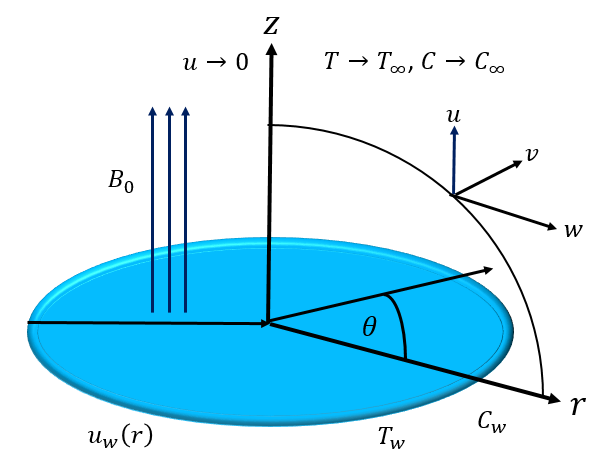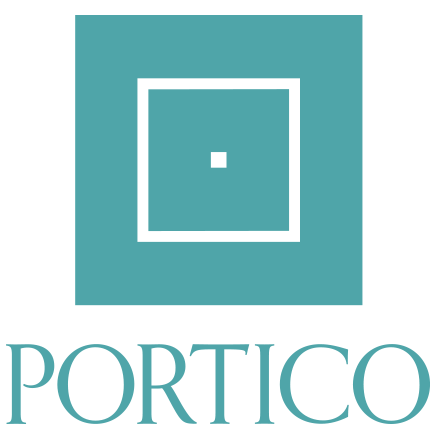Abstract
This study investigates the magnetohydrodynamic (MHD) flow of Boger tri-hybrid nanofluid (tri-HNF) through a stretching disk. A novel machine learning technique, specifically the Levenberg--Marquardt (LM) scheme under a backpropagated artificial neural network (ANN), is used to predict the flow dynamics with heat and mass transfer. The Cattaneo-Christov mass and heat fluxes model, permeable media, and viscous dissipation are considered. The well-known Brinkman-Hamilton and Crosser model is used to describe thermal conductivity and viscosity models. The computational solution to the current problem has been obtained using the Bvp4c approach, which is based on finite differences. In order to examine the numerical solutions and anticipated outcomes, LM-BNN uses a numerical dataset that is split into three categories: 15% for testing, 70% for training, and 15% for validation. Regression analysis, surface stresses, error histogram, correlation index, heat and mass transfer, and mean squared error-based fitness curves, which range from $10^{- 10}$ to $10^{- 8}$ are used to validate the consistency and efficacy of LM-BNN. The findings suggest that the velocity profile declines with the magnetic and relaxation time ratio parameter. The temperature and concentration decrease with thermal and solutal relaxation parameters. The heat and mass transfer rates are significant for solvent viscosity and nanomaterials load.
Keywords
boger fluid
modified fourier's and fick's laws
MHD
permeable medium
artificial intelligence
soft computing
Data Availability Statement
Data will be made available on request.
Funding
This work was supported without any funding.
Conflicts of Interest
The author declares no conflicts of interest.
Ethical Approval and Consent to Participate
Not applicable.
Cite This Article
APA Style
Rehman, S. (2025). Magnetohydrodynamic Flow and Heat Transfer of Boger Tri-Hybrid Nanofluid over a Porous Disk with Cattaneo-Christov Heat Flux Theory Using Artificial Neural Network Framework. ICCK Journal of Applied Mathematics, 1(3), 97–119. https://doi.org/10.62762/JAM.2025.640044
Publisher's Note
ICCK stays neutral with regard to jurisdictional claims in published maps and institutional affiliations.
Rights and Permissions

Copyright © 2025 by the Author(s). Published by Institute of Central Computation and Knowledge. This article is an open access article distributed under the terms and conditions of the Creative Commons Attribution (CC BY) license (
https://creativecommons.org/licenses/by/4.0/), which permits use, sharing, adaptation, distribution and reproduction in any medium or format, as long as you give appropriate credit to the original author(s) and the source, provide a link to the Creative Commons licence, and indicate if changes were made.


 Submit Manuscript
Edit a Special Issue
Submit Manuscript
Edit a Special Issue

 Copyright © 2025 by the Author(s). Published by Institute of Central Computation and Knowledge. This article is an open access article distributed under the terms and conditions of the Creative Commons Attribution (CC BY) license (https://creativecommons.org/licenses/by/4.0/), which permits use, sharing, adaptation, distribution and reproduction in any medium or format, as long as you give appropriate credit to the original author(s) and the source, provide a link to the Creative Commons licence, and indicate if changes were made.
Copyright © 2025 by the Author(s). Published by Institute of Central Computation and Knowledge. This article is an open access article distributed under the terms and conditions of the Creative Commons Attribution (CC BY) license (https://creativecommons.org/licenses/by/4.0/), which permits use, sharing, adaptation, distribution and reproduction in any medium or format, as long as you give appropriate credit to the original author(s) and the source, provide a link to the Creative Commons licence, and indicate if changes were made. 